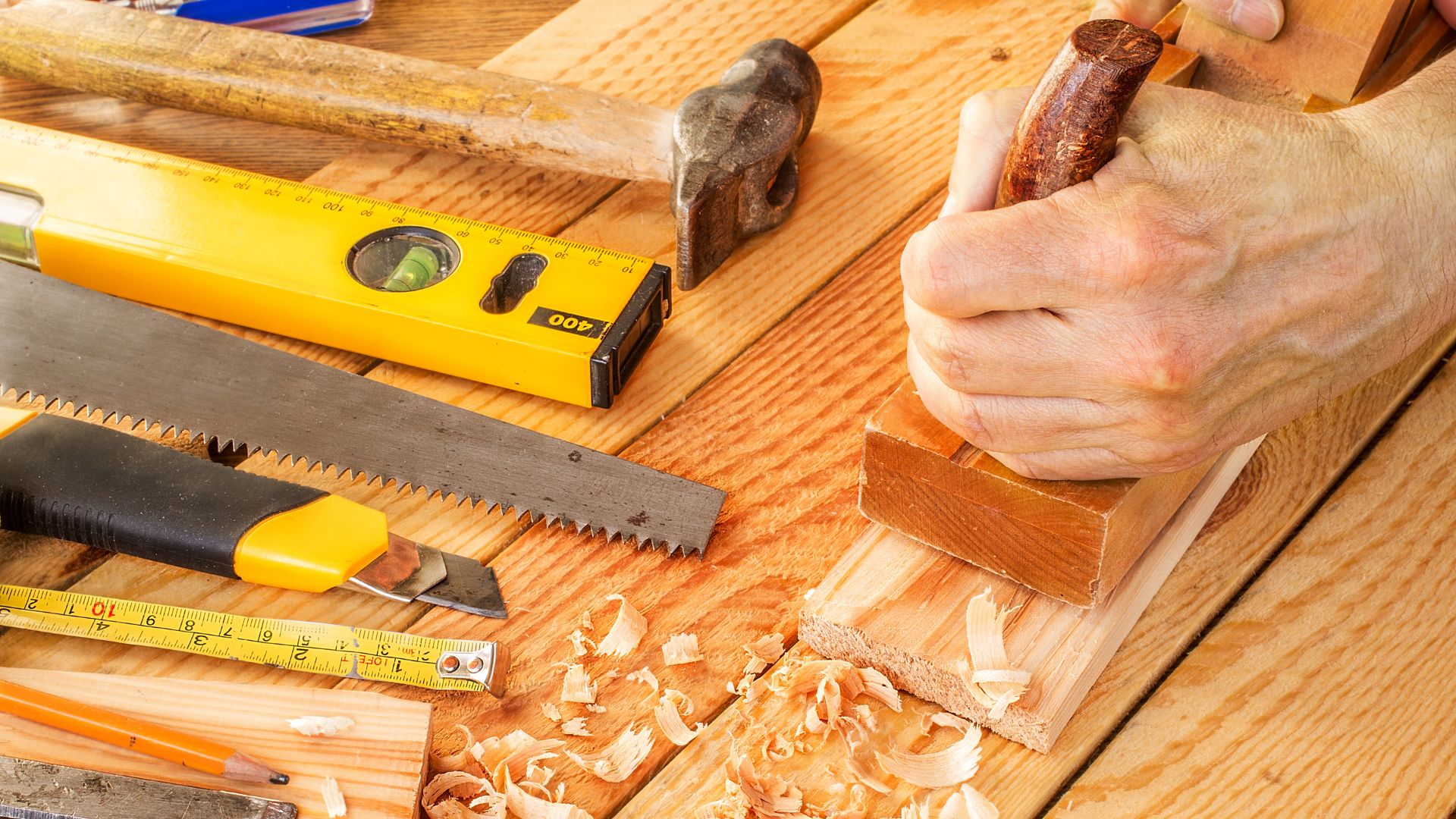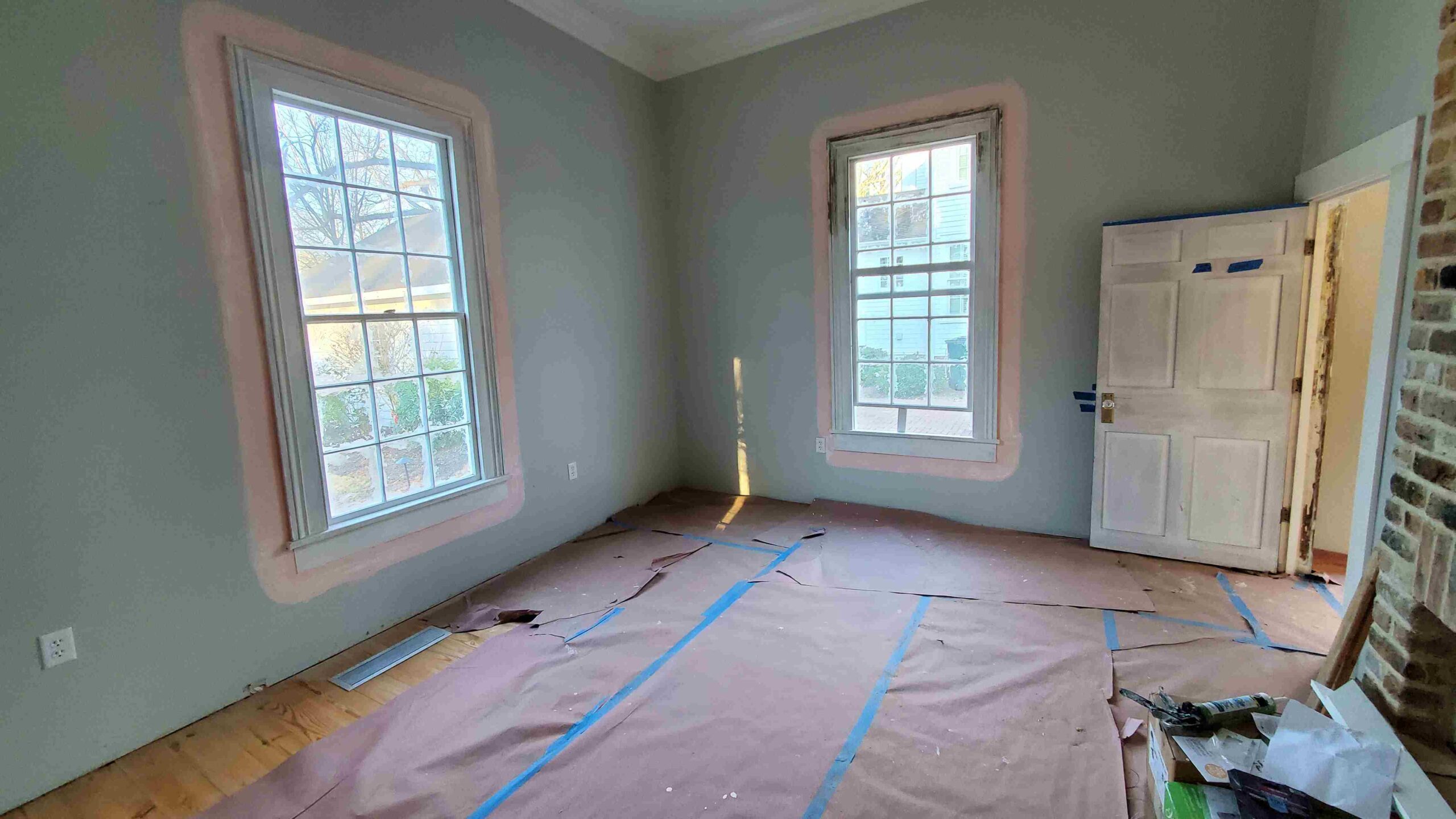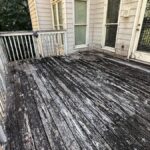Transform your ordinary deck into a year-round haven with a well-designed roof. Whether you’re seeking shelter from the sun’s rays, protection from rain, or simply an added touch of architectural flair, a deck roof can dramatically elevate your outdoor living experience.
But where to begin? This comprehensive guide delves into the world of deck roofs, exploring materials, designs, and installation tips to help you create the perfect covered oasis.
Why a Deck Roof?
A deck roof is more than just a functional addition; it’s an investment in your lifestyle. Consider these compelling reasons to add a roof to your deck:- Weather Protection: Imagine enjoying your morning coffee on the deck even during a light drizzle, or hosting a barbecue without worrying about a sudden downpour. A roof extends your deck’s usability, allowing you to savor the outdoors regardless of the forecast.
- Enhanced Comfort: A deck roof provides much-needed relief from the scorching sun, creating a comfortable, shaded space for relaxation and entertainment. This not only makes your deck more inviting but can also protect your skin from harmful UV rays.
- Increased Home Value: A well-built deck roof adds visual appeal and functionality to your home, making it more attractive to potential buyers. It’s a valuable investment that can yield returns when it’s time to sell.
- Outdoor Living Space: Transform your deck into a true extension of your living space. With a roof overhead, you can furnish it with comfortable seating, dining sets, and even outdoor kitchens, creating a versatile area for family gatherings, parties, or quiet moments.
- Protection for Deck Materials: Exposure to the elements can take a toll on your deck’s materials. A roof acts as a shield, protecting the wood or composite decking from fading, warping, and moisture damage, ultimately extending its lifespan and saving you money on repairs.
Materials: The Building Blocks of Your Deck Roof
The choice of materials for your deck roof can significantly impact its look, durability, and cost. Popular options include:- Wood: A timeless choice, wood roofs blend seamlessly with natural surroundings and offer a warm, inviting aesthetic. Opt for pressure-treated lumber or naturally rot-resistant wood like cedar or redwood for longevity.
- Metal: Aluminum and steel are modern, low-maintenance options that excel in durability. They’re resistant to rot, insects, and fire, making them a practical choice for various climates. Metal roofs can be painted in a variety of colors to complement your home’s exterior.
- Polycarbonate: This versatile material comes in both transparent and opaque options. Transparent polycarbonate allows natural light to filter through while offering UV protection, making it ideal for sunrooms or covered patios. Opaque polycarbonate provides complete shade and can be a more affordable alternative to glass.
- Vinyl: Vinyl roofs are lightweight, durable, and resist fading, cracking, and moisture damage. They’re available in various colors and styles, mimicking the look of wood or slate. Vinyl requires minimal upkeep, making it an attractive option for busy homeowners.
- Fabric: Retractable awnings or shade sails offer flexibility and customization. These fabric roofs can be extended or retracted as needed, providing shade and protection when desired while allowing you to enjoy the open sky on pleasant days.
Designs: A Roof to Match Your Style
The design of your deck roof should complement your home’s architecture and your personal taste. Consider these popular styles:- Gable: With its classic triangular shape, a gable roof adds a traditional touch to your deck. It efficiently sheds rain and snow, making it a practical choice for areas with heavy precipitation. The high peak also provides ample headroom.
- Hip: A hip roof has slopes on all four sides, giving it a more refined and elegant appearance. This design offers excellent water runoff and wind resistance, making it suitable for various weather conditions.
- Shed: If simplicity is your preference, a shed roof is a great option. Its single slope is easy to construct and can be attached to an existing wall, making it a cost-effective choice for smaller decks or patios.
- Pergola: While not a solid roof, a pergola offers partial shade with its open-lattice design. It adds a touch of sophistication and can be adorned with climbing plants or fabric for additional shade. Pergolas are often used to define outdoor living spaces and create a sense of intimacy.
- Combination: Don’t be afraid to get creative! Combine different roof styles to achieve a unique look that suits your specific needs and aesthetic preferences. For instance, you could have a gable roof over the main deck area and a pergola over an adjacent dining space.
Installation Tips: Build it Right
If you’re a DIY enthusiast, building a simple deck roof is achievable with the right tools, materials, and planning. However, for complex designs or if you’re unsure of local building codes, it’s wise to consult a professional contractor. Here are some essential installation tips:- Obtain Permits: Before you start building, check with your local building department to determine if permits are required for your project. Compliance with local regulations ensures your deck roof is safe and meets structural standards.
- Plan Carefully: Take the time to design your roof meticulously. Consider the size and shape of your deck, the amount of shade you desire, and the direction of the sun throughout the day. A well-thought-out plan will save you time and money during construction.
- Use Sturdy Materials: Choose materials that can withstand the climate in your area. If you experience heavy snowfall, opt for a roof design that can handle the weight. Select materials that are resistant to moisture, insects, and decay.
- Securely Attach: The roof must be securely attached to your home’s structure and the deck frame. Use appropriate fasteners and techniques to ensure stability and prevent damage during storms or high winds.
- Consider Drainage: Proper drainage is crucial to prevent water from pooling on the roof. Incorporate gutters or downspouts to direct rainwater away from your deck and foundation.





